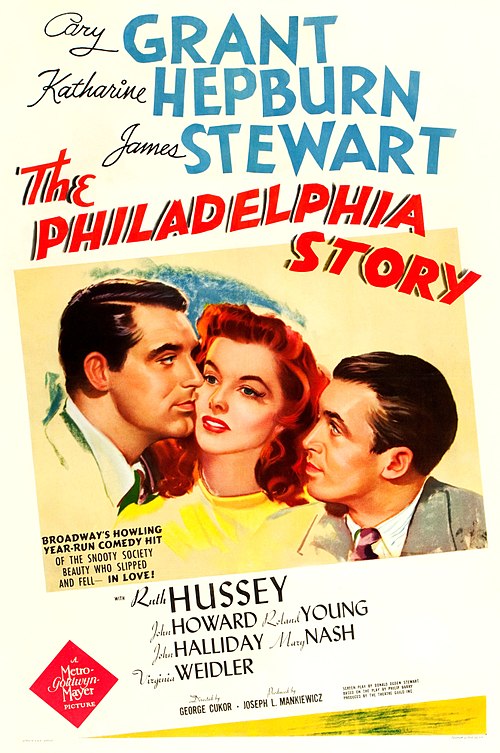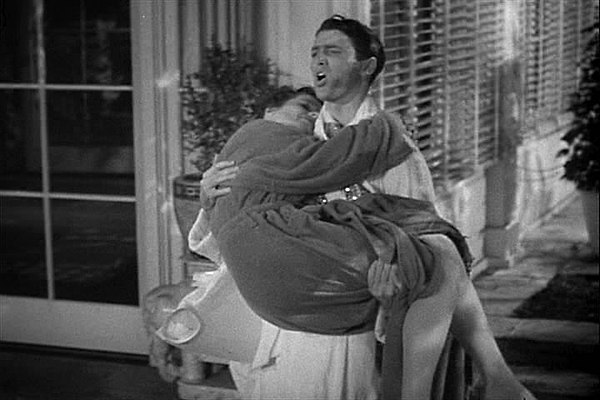Donald Ogden Stewart
Videos
Page
Donald Ogden Stewart was an American writer and screenwriter best known for his sophisticated golden age comedies and melodramas such as The Philadelphia Story, Tarnished Lady and Love Affair. Stewart worked with a number of the directors of his time, including George Cukor, Michael Curtiz and Ernst Lubitsch. Stewart was a member of the Algonquin Round Table and, with Ernest Hemingway's friend Bill Smith, the model for Bill Gorton in The Sun Also Rises. His 1922 parody on etiquette, Perfect Behavior, published by George H. Doran and Co., was a favourite book of P. G. Wodehouse.

Donald Ogden Stewart
The Philadelphia Story (film)
Videos
Page
The Philadelphia Story is a 1940 American romantic comedy film starring Cary Grant, Katharine Hepburn, James Stewart and Ruth Hussey. Directed by George Cukor, the film is based on the 1939 Broadway play of the same name by Philip Barry about a socialite whose wedding plans are complicated by the simultaneous arrival of her ex-husband and a tabloid magazine journalist. The socialite, played by Hepburn in both productions, was inspired by Helen Hope Montgomery Scott (1904–1995), a Philadelphia heiress who had married Barry's friend.

Theatrical poster

Mike carries Tracy into the house after a midnight dip.

Hepburn as Tracy Lord and Stewart as Mike Connor

Grant as C.K. Dexter Haven, and John Howard as George Kittredge